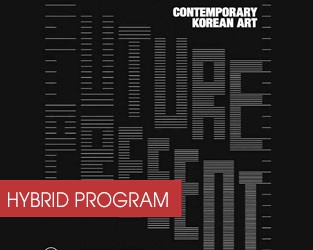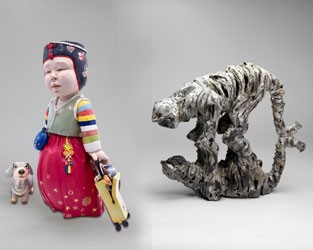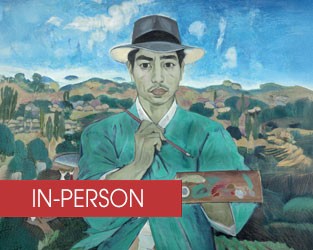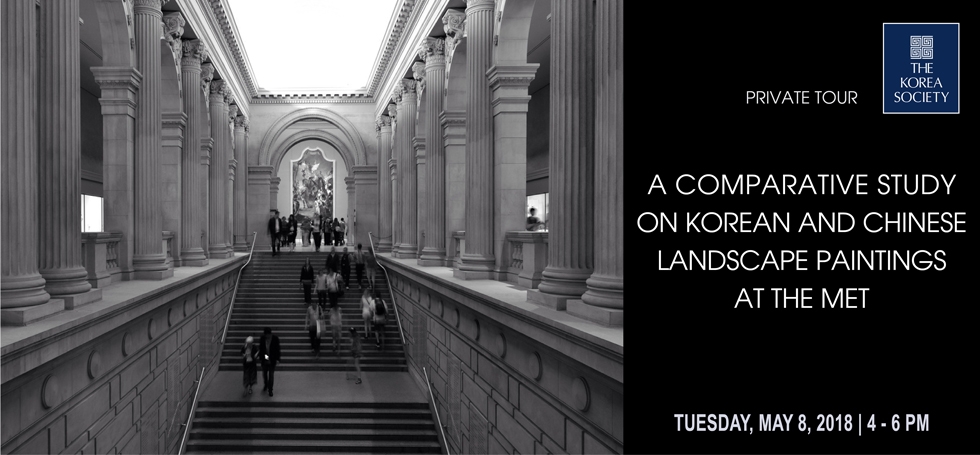![]()
Join Dr. Soyoung Lee, Curator for Korean Art and Joseph Schiere-Dolberg Associate Curator of Chinese Paintings, in the Asian Art Department at The Metropolitan Museum of Art, on a private tour of two exquisite exhibitions featuring landscapes of Korea and China. It’s time to celebrate spring and indulge in beautiful depictions of nature from two different national perspectives on this exclusive art tour.
The tour is led by Dr. Young Yang Chung, Chair of the Program Committee for Arts & Culture at The Korea Society.
A Comparative Study on Korean and Chinese Landscape Paintings at the Metropolitan Museum of Art
Tuesday, May 8, 2018 | 4 - 6 PM
The Metropolitan Museum of Art
1000 Fifth Avenue
New York, NY 10028
Exhibition Descriptions
Diamond Mountains: Travel and Nostalgia in Korean Art
The Diamond Mountains—perhaps the most famous and emotionally resonant site on the Korean peninsula—is the theme of this international loan exhibition. Though the region has inspired cultural pride since ancient times, its location in what is today North Korea has kept it largely inaccessible in modern times. Featuring nearly 30 works—from delicately painted scrolls and screens to monumental modern and contemporary art—the exhibition presents the visual imagery of this iconic site from the 18th century to the present. Among the highlights is a designated Treasure from the National Museum of Korea: an album by Jeong Seon (1676–1759), who revolutionized Korean painting. Most of the objects on view have never before been displayed in the United States.
Streams and Mountains without End: Landscape Traditions of China
This exhibition, which showcases more than 120 Chinese landscape paintings in four rotations, offers insights into the tradition, revealing distinctions between types of landscape that might not be obvious at first glance. What appears to be a simple mountain dwelling, for example, turns out to be the villa of the painter's friend, encoding a wish for his happy retirement. Similarly, what seems at first to be a simple study in dry brushwork turns out to be an homage to an old master, an expression of reverence for what has come before. Drawn primarily from The Met's holdings and supplemented by a dozen private loans, the presentation is augmented by decorative art objects with landscape themes.









